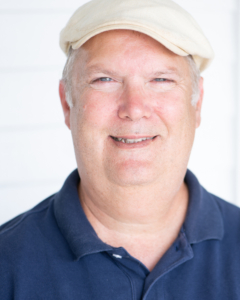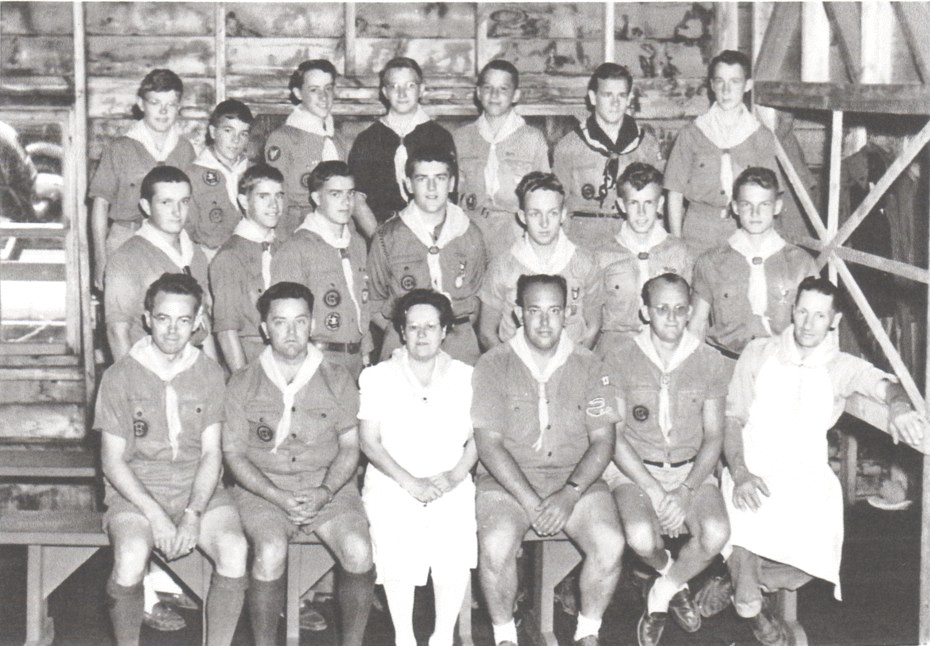Six quick tips from Car Care Council for winter driving
 (NAPSI)—When it comes to winter car care, many motorists tend to think of antifreeze and batteries—but vehicles need extra attention in winter, especially when the temperatures drop.
(NAPSI)—When it comes to winter car care, many motorists tend to think of antifreeze and batteries—but vehicles need extra attention in winter, especially when the temperatures drop.
“Making sure your vehicle is properly prepared for all of winter’s elements will help you avoid the aggravation of an unplanned road emergency,” says Rich White, executive director, Car Care Council.
The nonprofit Car Care Council offers six quick tips to help your vehicle perform at its best during cold weather months:
- Keep the gas tank at least half full; this decreases the chance of moisture forming in the gas lines and possibly freezing.
- Check the tire pressure, including the spare, as tires can lose pressure when temperatures drop. Consider special tires if snow and ice are a problem in your area.
- Have the exhaust system checked for carbon monoxide leaks, which can be especially dangerous during cold weather driving when windows are closed.
- Allow your car a little more time to warm up when temperatures are below freezing, so that the oil in the engine and transmission circulate and get warm.
- Change to low-viscosity oil in winter as it will flow more easily between moving parts when it is cold. Drivers in sub-zero temperatures should drop their oil weight from 10-W30 to 5-W30, as thickened oil can make it hard to start the car.
- Consider using cold weather washer fluid and special winter windshield blades if you live in a place with especially harsh winter conditions.
Drivers should also stock an emergency kit with an ice scraper and snowbrush, jumper cables, flashlight, blanket, extra clothes, bottled water, dry food snacks and needed medication. In addition, the Car Care Council recommends a thorough vehicle inspection by a trusted professional service technician, as winter magnifies existing problems such as pings, hard starts, sluggish performance or rough idling.
The Car Care Council is the source of information for the “Be Car Care Aware” consumer education campaign promoting the benefits of regular vehicle care, maintenance and repair to consumers. To order a free copy of the popular Car Care Guide, visit the council’s consumer education website at www.carcare.org.


 by Nancy Bostrom
by Nancy Bostrom


 When Jim Whyte settled outside the slate mining town of Monson, Maine, in 1895, people hardly knew what to make of him. And almost 130 years later, we still don’t. A world traveler that spoke six languages fluently, Whyte came to town with sacks full of money and a fierce desire to keep to himself. It was clear that Whyte was hiding from something – enough to make even the FBI to eventually come looking. But even the Feds couldn’t imagine how Whyte, who lost every penny he had when World War I broke out, amassed another fortune before he died. Based on the true story, Hermit follows one man’s quest to discover all he can about Whyte’s secret life before it’s too late.
When Jim Whyte settled outside the slate mining town of Monson, Maine, in 1895, people hardly knew what to make of him. And almost 130 years later, we still don’t. A world traveler that spoke six languages fluently, Whyte came to town with sacks full of money and a fierce desire to keep to himself. It was clear that Whyte was hiding from something – enough to make even the FBI to eventually come looking. But even the Feds couldn’t imagine how Whyte, who lost every penny he had when World War I broke out, amassed another fortune before he died. Based on the true story, Hermit follows one man’s quest to discover all he can about Whyte’s secret life before it’s too late.








 Situation: It’s mid-January in central Maine. You are dealing with cold temps, snow, gray skies and repetitive media news.
Situation: It’s mid-January in central Maine. You are dealing with cold temps, snow, gray skies and repetitive media news.